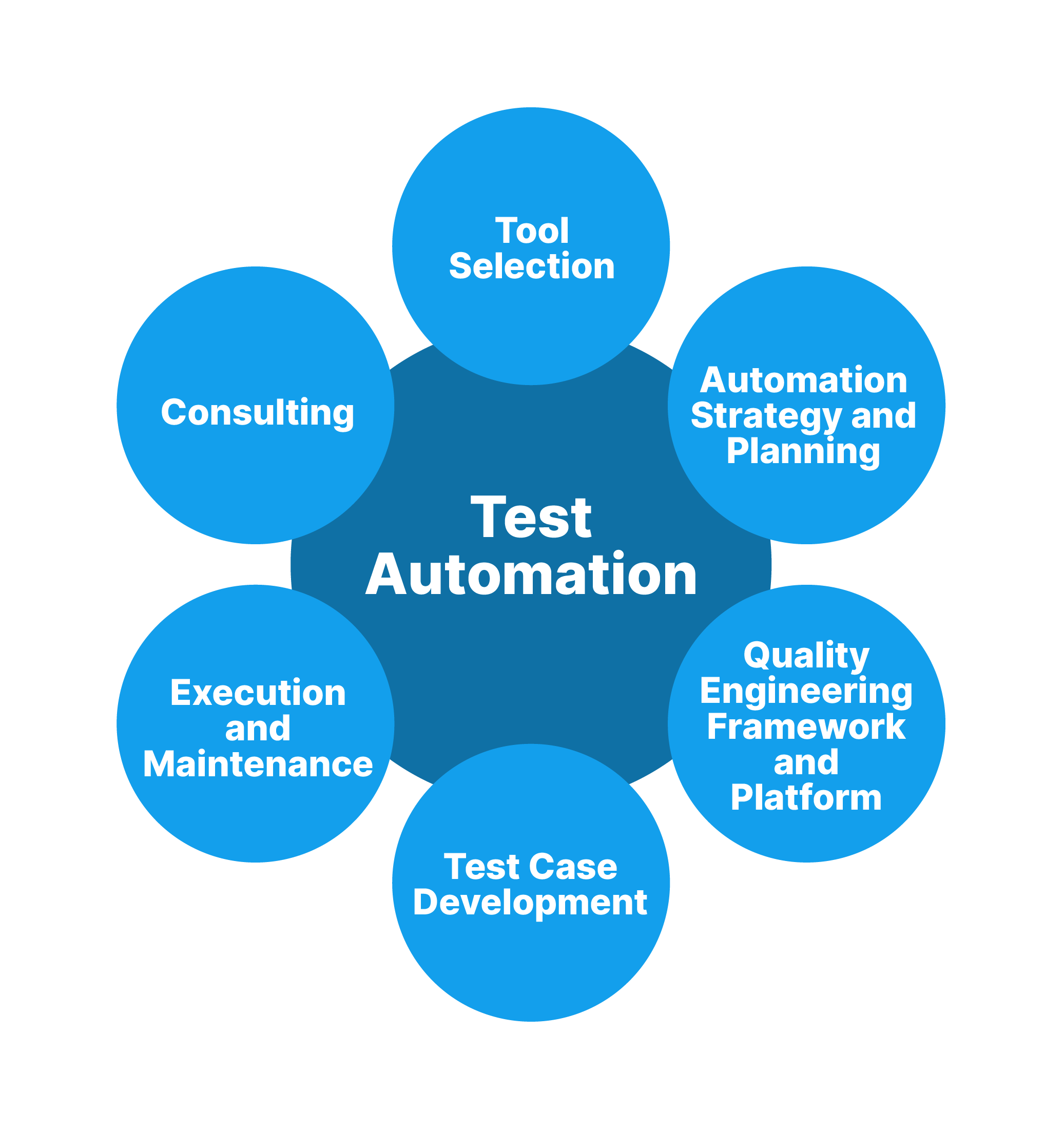From Handbook to Automated Screening: A Comprehensive Guide to Transitioning Smoothly and Properly
In the world of software application screening, the shift from guidebook to automated processes has actually become a significantly important change for organizations looking for to enhance effectiveness and accuracy in their screening techniques. The journey from handbook to automated screening is not without its obstacles, but when come close to strategically and with a clear plan in mind, the advantages can be substantial.
Benefits of Automated Examining
Automated testing uses various advantages, enhancing performance and precision in software application growth procedures. One primary benefit is the substantial decrease in testing time. Automated tests can be run simultaneously on several tools and running systems, substantially speeding up the testing phase contrasted to hand-operated screening. This enhanced performance enables faster feedback on the high quality of the software program, making it possible for developers to determine and attend to problems without delay.
Additionally, automated testing ensures a greater level of precision in finding problems. Consistency in screening is also enhanced, as automated examinations carry out the same actions precisely each time they are run.
Picking the Right Tools

First of all, examine your demands and goals. Recognize the extent of your job, the innovations involved, and the ability of your group. This analysis will help you determine the abilities and features you call for in your screening tools.
Second of all, think about the compatibility of the tools with your existing processes and systems. Smooth combination with your existing software growth lifecycle is vital to ensure a smooth shift to automation.
Furthermore, evaluate the scalability and adaptability of the tools. As your screening needs evolve, the tools must be able to adjust and suit modifications effectively.
Last but not least, consider the assistance and neighborhood around the devices. When carrying out automated screening, robust assistance and an active individual area can provide important resources and aid. By very carefully considering these elements, you can pick the right tools that line up with your needs and set the phase for a successful shift to automated screening.
Composing Reliable Examination Scripts

When crafting test manuscripts, it is vital to take into consideration the click to read more particular needs of the software application being examined and guarantee that the manuscripts deal with all essential functionalities. Descriptive and clear naming conventions for examination scripts and test instances can enhance readability and maintainability. Furthermore, including mistake handling mechanisms within the test manuscripts can aid in recognizing and attending to concerns promptly.
Moreover, arranging examination scripts into modular elements can boost reusability and scalability, reducing redundancy and improving effectiveness in examination manuscript upkeep. Regular evaluations and updates to check manuscripts are crucial to equal progressing software program needs and functionalities. By following these principles, testers can produce efficient and durable test scripts that add significantly to the success of automated testing processes.
Integrating Automation Into Workflows
By seamlessly incorporating automated screening tools like Selenium or Appium right into the software growth lifecycle, teams can accomplish faster feedback on code modifications, leading to quicker pest detection and resolution. This assimilation enables for continual testing throughout the advancement procedure, guaranteeing that any kind of issues are determined early on, resulting in greater software high quality. Correct integration of automation tools calls for collaboration in between growth, testing, and operations groups to develop a unified workflow that enhances effectiveness and visit site performance in delivering premium software program items.
Ensuring a Smooth Shift
Efficiently transitioning to automated testing includes careful preparation and mindful implementation to minimize interruptions and maximize effectiveness in the software program growth procedure - automation testing. To ensure a smooth transition, it is vital to begin by carrying out a detailed analysis of the existing screening procedures and recognizing locations where automation can bring one of the most considerable benefits. Engaging with all stakeholders at an early stage at the same time, consisting of designers, testers, and job managers, is essential for garnering support and buy-in for the automation campaign
Interaction is crucial throughout this shift phase. Clear communication of the objectives, advantages, and expectations of automated screening assists to take care of any kind of resistance or concerns that might develop. In addition, giving adequate training and resources for staff member to upskill in automation devices and methods is vital for making sure an effective change.

Verdict
To conclude, transitioning from manual to automated testing provides countless advantages, consisting of enhanced performance and dependability. By choosing the suitable tools, writing effective test scripts, and integrating automation effortlessly right into process, organizations can guarantee a smooth and successful transition. It is vital to embrace automation as a valuable asset in software program screening procedures to enhance total top quality and performance.
In the realm of software application testing, the change from handbook to automated processes has come to be a significantly crucial transition for companies looking for to improve efficiency and precision in their testing techniques. Automated examinations can be run concurrently on multiple tools and running systems, considerably speeding up the testing stage compared to hand-operated screening. Consistency in screening is likewise boosted, as visit automated tests execute the very same steps exactly each time they are run.To guarantee the effective application of picked testing tools, the creation of effective examination scripts plays an essential function in verifying the functionality and efficiency of automated processes - automation testing. By complying with these concepts, testers can produce reliable and robust examination manuscripts that contribute dramatically to the success of automated testing procedures